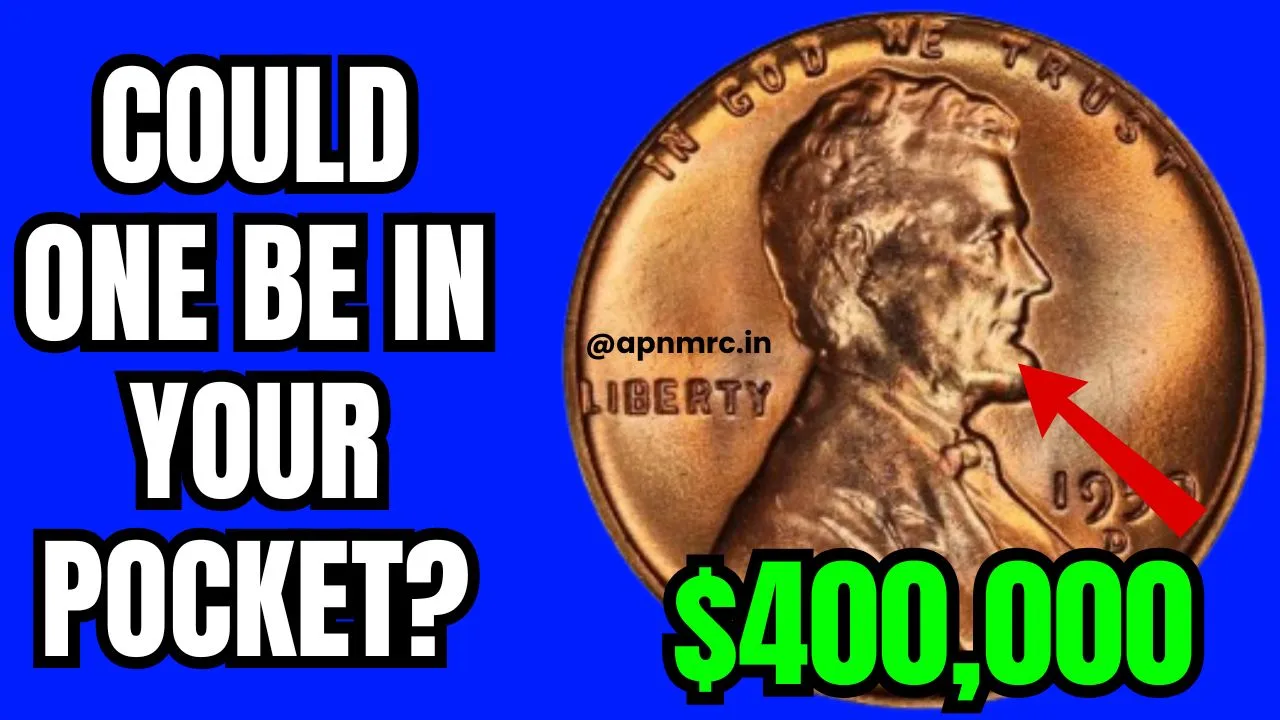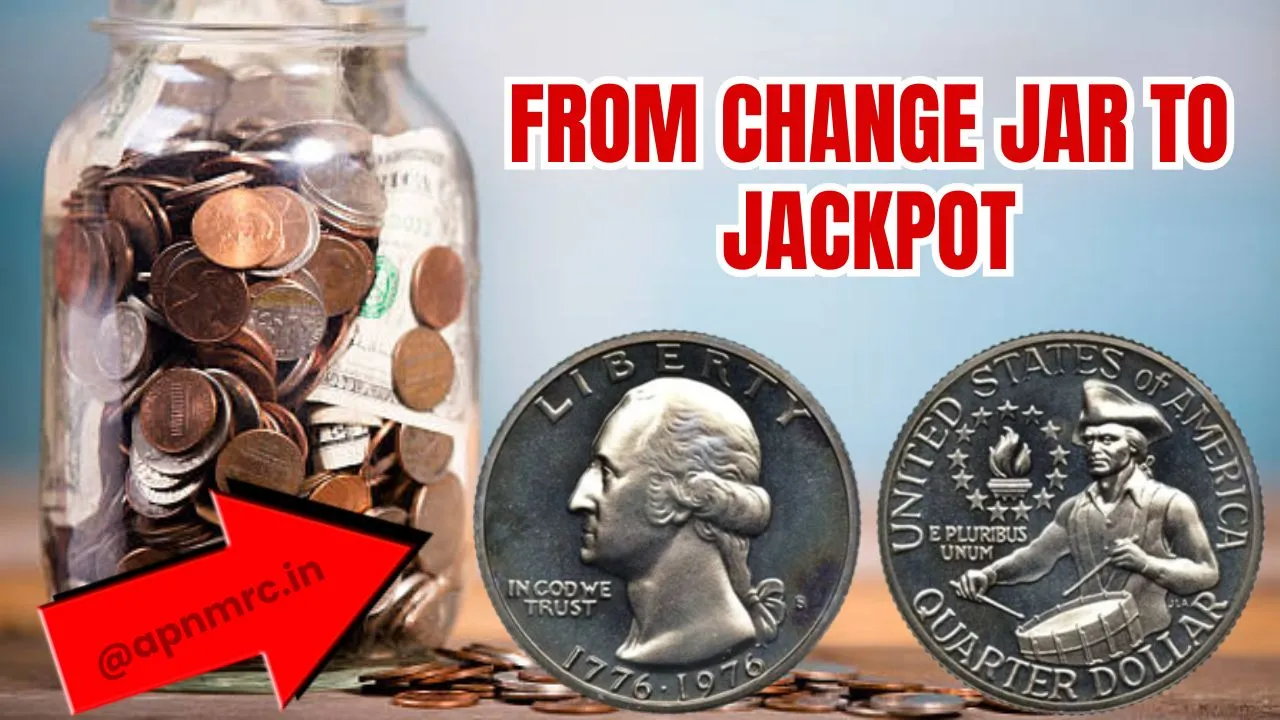Lincoln Wheat Penny: The Lincoln Wheat Penny is a beloved treasure among coin collectors, but did you know some versions of this humble penny are worth as much as $400,000? This tiny coin, minted from 1909 to 1958, holds incredible historical and monetary value due to its rare variations and minting errors. It’s fascinating to think that such a rare gem might still be in circulation, hiding in an old jar of coins or forgotten in a drawer.
This article explores the intriguing story behind the Lincoln Wheat Penny, what makes certain versions so valuable, and how you can identify if you own one of these prized collectibles. Let’s dive in to uncover the mysteries and treasures hidden in these pennies.
Quick Overview of Lincoln Wheat Penny Highlights
| Feature | Details |
| Years of Minting | 1909–1958 |
| Material Composition | 95% Copper, 5% Zinc (1909–1942); Steel in 1943; Zinc-coated Steel (rare) |
| Key Rare Coins | 1909-S VDB, 1943 Copper, 1922 No D |
| Mint Marks | “D” for Denver, “S” for San Francisco, no mark for Philadelphia |
| Record Auction Price | $400,000+ |
A Brief History of the Lincoln Wheat Penny
The Lincoln Wheat Penny was introduced in 1909 to celebrate the 100th anniversary of Abraham Lincoln’s birth. It replaced the Indian Head cent and was the first U.S. coin to feature a president. Designed by sculptor Victor David Brenner, the coin displayed Lincoln’s profile on the front and two wheat stalks on the back, symbolizing growth and prosperity.
Millions of these pennies were minted, yet some variations—due to design adjustments, material shortages, or minting errors—are incredibly rare. These unique qualities are what make the Lincoln Wheat Penny so sought after by collectors today.
What Makes Some Lincoln Wheat Pennies Worth $400,000?
Not every Lincoln Wheat Penny is valuable, but a select few can command life-changing sums at auctions. Here’s why:
1. Rarity and Low Mintage
Certain years and mint marks had very low production numbers. For instance:
- 1909-S VDB: Only 484,000 coins were minted with the initials “VDB” on the reverse, making them one of the rarest Lincoln Wheat Pennies.
- 1943 Copper Penny: A mistake during wartime production led to pennies being struck on copper planchets instead of steel, creating one of the rarest coins in U.S. history.
2. Unique Mint Errors
Minting errors often increase a coin’s value exponentially. These errors include:
- Double Die Errors: Where text or designs appear doubled.
- Off-Center Strikes: Coins that are not properly aligned during minting.
- Missing Mint Marks: Such as the 1922 No D Penny, which lacks the Denver mint mark due to die wear.
3. Condition and Preservation
Coins in mint state condition, meaning they show no signs of wear, are highly prized. Graded coins certified by professional services like PCGS or NGC often fetch the highest prices.
4. Historical Context
Some coins, like the 1943 Copper Penny, tell a compelling story about U.S. history, further boosting their value. During World War II, copper was reserved for war efforts, and pennies were instead struck on steel. The accidental use of copper blanks created a rarity that’s now worth hundreds of thousands.
How to Identify a Valuable Lincoln Wheat Penny
If you have a collection of old pennies, here’s what to look for to determine if they’re valuable:
1. Mint Marks
Check for the mint mark located under the date. Rare variations include:
- “S” for San Francisco
- “D” for Denver
- No mint mark (Philadelphia)
2. Dates
Certain years are more valuable than others. Notable examples include:
- 1909-S VDB
- 1922 No D Penny
- 1943 Copper Penny
3. Material Composition
A magnet test can help determine if a 1943 penny is steel or copper. Copper pennies from 1943 are worth a fortune.
4. Condition
Examine the penny under good lighting for scratches or wear. The sharper the details, the more valuable it is.
5. Errors
Look closely for doubling, missing details, or off-center designs. These errors make coins extremely rare and valuable.
Types of Rare Lincoln Wheat Pennies
Some Lincoln Wheat Pennies are worth more than others, especially those with unique features or errors. Here are the most coveted variations:
- 1909-S VDB Penny: The initials “VDB” on the reverse were removed mid-production, making early versions rare.
- 1943 Copper Penny: Struck in copper instead of steel, these pennies have sold for over $400,000.
- 1922 No D Penny: Due to a die flaw, the Denver mint produced some pennies without the “D” mark.
- Double Die Errors: Found in pennies from various years, these errors display doubled text or images.
Preserving Your Lincoln Wheat Pennies
If you’re lucky enough to find a rare Lincoln Wheat Penny, proper preservation is key to maintaining its value:
- Use Coin Holders: Store pennies in acid-free, protective holders to prevent damage.
- Handle with Gloves: Oils from your hands can tarnish coins, so use gloves when handling them.
- Avoid Cleaning: Cleaning can scratch the surface and reduce a coin’s value.
- Store in a Cool, Dry Place: Avoid humidity and extreme temperatures to keep coins in mint condition.
FAQs About Lincoln Wheat Pennies
Q1: Are all 1943 pennies valuable?
No, only the 1943 Copper Penny is valuable. Most 1943 pennies are steel and worth their face value.
Q2: What makes the 1909-S VDB penny special?
Its low mintage of just 484,000 coins and the presence of the designer’s initials make it rare and valuable.
Q3: How do I know if my Lincoln Wheat Penny is an error coin?
Inspect the coin for doubled text, off-center designs, or missing mint marks. These are common signs of error coins.
Q4: Can I still find rare Lincoln Wheat Pennies in circulation?
It’s unlikely but not impossible. Checking old collections or coin rolls is your best bet.
Q5: What is the most valuable Lincoln Wheat Penny?
The 1943 Copper Penny holds the record, with some selling for over $400,000.
Final Thoughts
The Lincoln Wheat Penny is a fascinating piece of history and a potential goldmine for collectors. Whether you’re a seasoned numismatist or a casual hobbyist, checking your old pennies could lead to an exciting discovery. With proper care and professional grading, your penny might turn out to be worth far more than its face value.
Have you ever found a rare coin in your collection? Share your story in the comments, and don’t forget to check out more articles about coin collecting and other hidden treasures!







